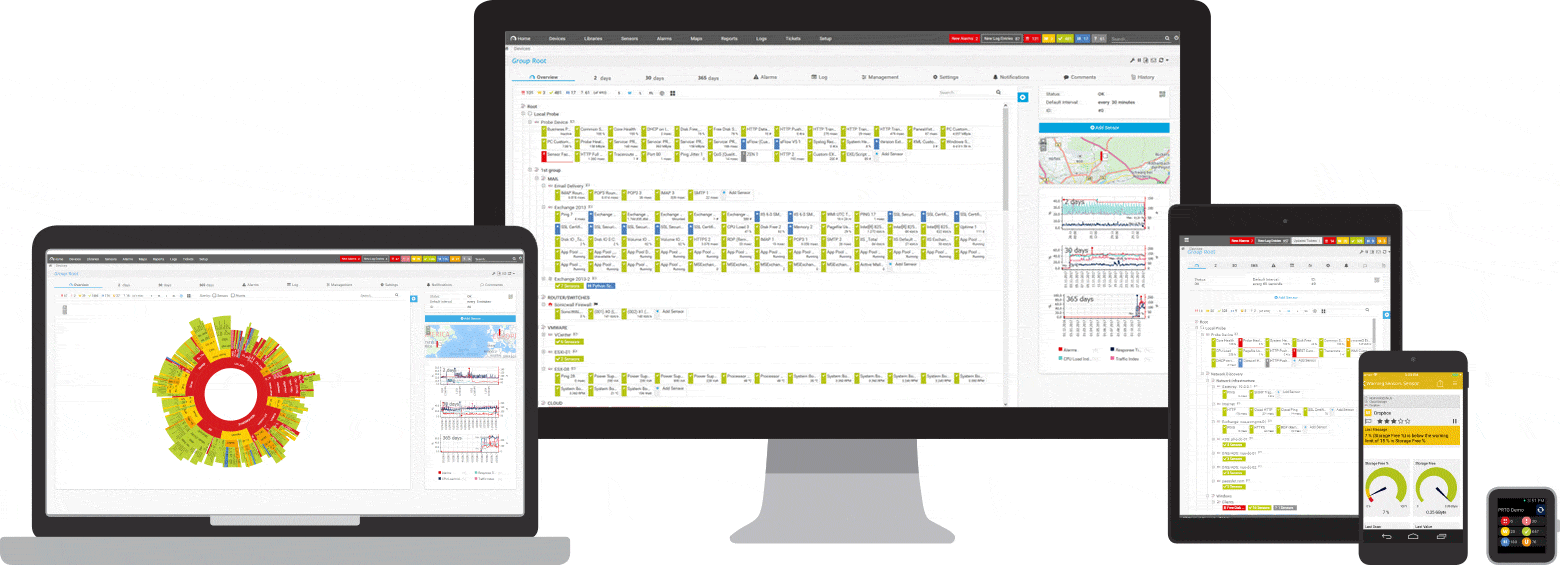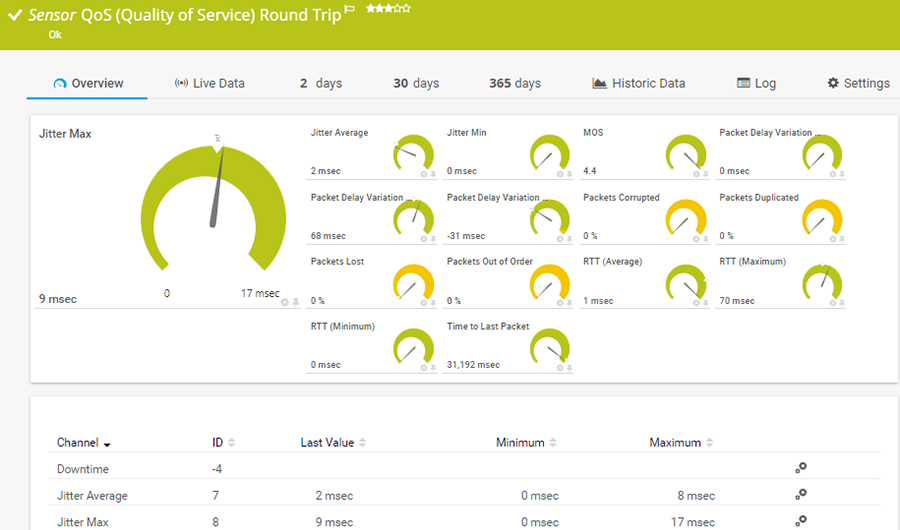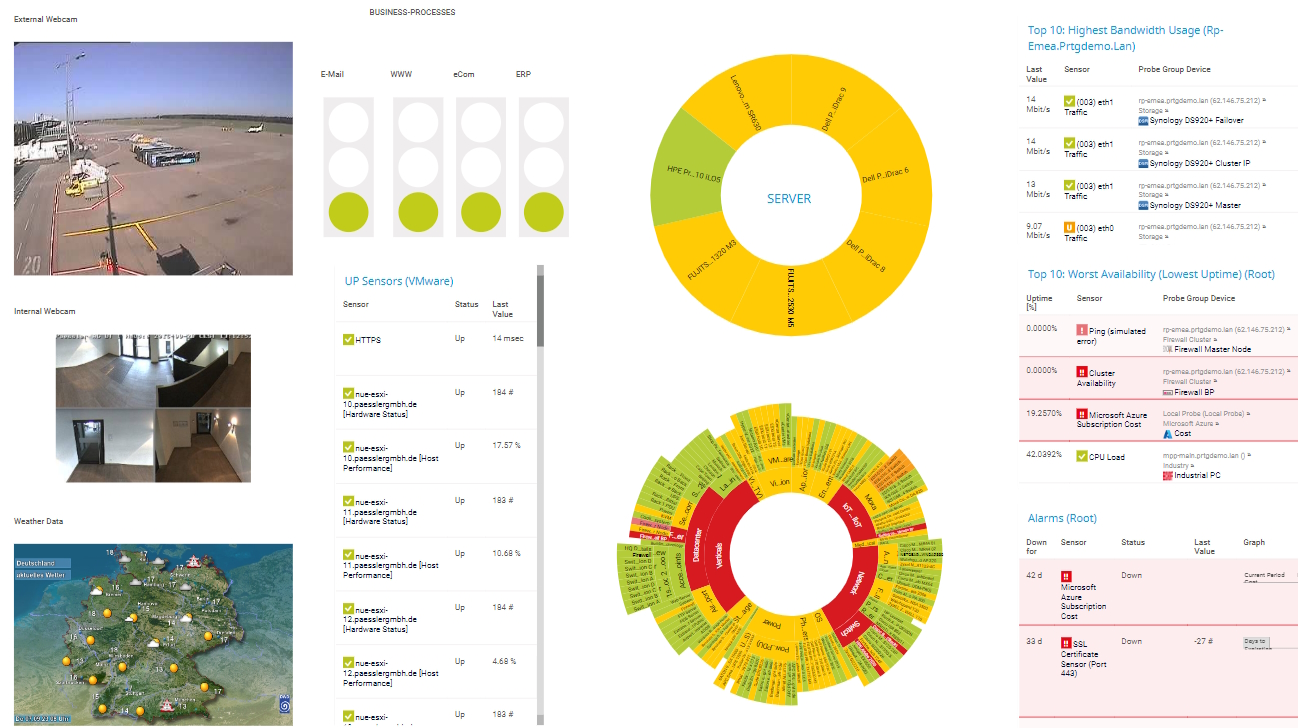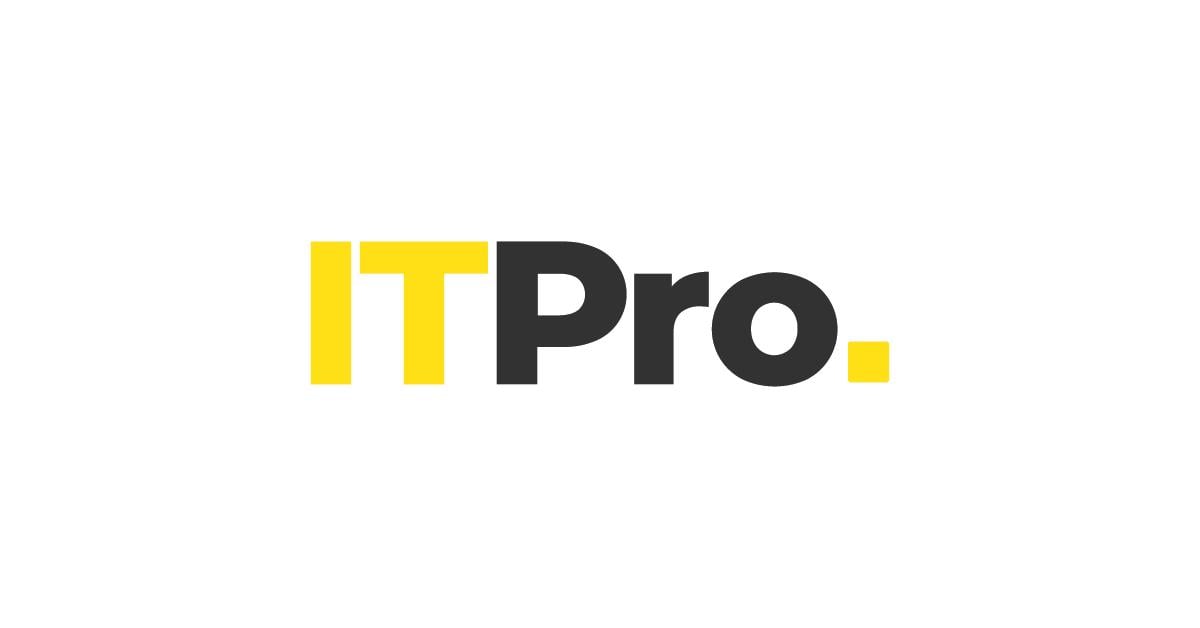VoIP troubleshooting with PRTG
Detect and troubleshoot VoIP issues faster and easier with PRTG
- Ensure your VoIP communications run smoothly and reliably
- Continuously check the quality of your internet connections
- Proactively identify potential VoIP errors and weak spots
PRTG VoIP troubleshooting: What you’ll find on this page
PRTG makes VoIP troubleshooting as easy as it gets
Custom alerts and data visualization let you quickly identify and prevent all kinds of Voice over IP issues.
4 benefits of using PRTG as your VoIP troubleshooting software
VoIP systems such as IP telephone systems or VoIP services of an external service provider are often plagued by quality issues, including poor to mediocre voice quality and sudden interruptions in calls. Paessler PRTG identifies potential VoIP errors and weak spots so you can fix them at once.
Centrally monitor call quality metrics
VoIP errors can cause annoying static, echoes, sudden dropped calls, and more. These errors are mainly due to packet loss and long latency times, which affect the quality of your connection.
PRTG keeps a constant eye on these parameters, as well as jitter values. It also monitors your Mean Opinion Score (MOS) so you can evaluate the overall voice quality of your calls.
Identify and remove errors quickly
IP calls can bug for many reasons. Your VoIP gateway may be improperly configured, your SIP provider may be skimping on bandwidth, or users may not be familiar with how VoIP calls work.
PRTG helps you keep track of all these issues round the clock so you can spot and fix VoIP-related errors quickly, even before end users notice.
Get alerted fast with VoIP monitoring
PRTG immediately sounds the alarm based on preset thresholds if errors or malfunctions crop up in your VoIP call quality, and alerts you by SMS, email, push notification, or other methods.
Our VoIP monitoring software reveals the cause of the problem, allowing you to troubleshoot faster, eliminate errors, and avoid costly VoIP downtime.
Wide compatibility with manufacturers
As an all-in-one network monitoring tool, PRTG supports the most popular network device manufacturers out of the box, including Cisco, Dell, HPE, or Lenovo.
Use, for example, PRTG’s preconfigured sensors for monitoring Cisco routers and switches, which let you keep a close eye on Cisco’s IP SLA or Class Based Quality of Service (CBQoS) values.
What VoIP troubleshooting looks like in PRTG
Diagnose network issues by continuously tracking VoIP performance. Show bandwidth usage, latency, jitter, packet loss, the MOS score, and other key performance metrics in real time. Visualize monitoring data in clear graphs and dashboards to identify problems more easily. Gain the overview you need to troubleshoot VoIP quality and all kinds of other network quality issues.
Start troubleshooting Voice over IP with PRTG and see how it can make your network more reliable and your job easier.
Speed up VoIP troubleshooting: Why PRTG
End-to-end VoIP insights
Get a comprehensive overview of your network performance, including detailed metrics on VoIP traffic. This way, you can quickly identify any issues that may arise and optimize your VoIP network on the fly.
Easy setup and integration
Get your VoIP monitoring tool up and running quickly with PRTG's user-friendly setup. VoIP metrics can be seamlessly integrated into your existing IT infrastructure for an efficient monitoring experience.
Highly customizable to suit
Tailor your monitoring solution to fit the unique needs of your organization. PRTG’s flexible configuration options let you customize alerts, sensors, reports, and dashboards ensuring that you're always in control.
Premium technical support
Enjoy PRTG’s industry-leading support by monitoring experts. Trust in a monitoring system that's there for you and makes sure your VoIP communications are always at their best.
Find the root cause of the problem with our PRTG VoIP troubleshooting solution
Real-time notifications mean faster troubleshooting so that you can act before more serious issues occur.
PRTG is compatible with all major vendors, products, and systems
Explore our preconfigured PRTG sensors for VoIP troubleshooting
PRTG comes with more than 250 native sensor types for monitoring your entire on-premises, cloud, and hybrid cloud environment out of the box. Check out some examples below!
PRTG makes VoIP troubleshooting as easy as it gets
Custom alerts and data visualization let you quickly identify and prevent all kinds of Voice over IP issues.
Your VoIP troubleshooting software at a glance – even on the go
Set up PRTG in minutes and use it on almost any mobile device.


Create innovative solutions with Paessler’s partners
Partnering with innovative vendors, Paessler unleashes synergies to create
new and additional benefits for joined customers.
ScriptRunner
With ScriptRunner, Paessler integrates a powerful event automation platform into PRTG Network Monitor.
“Excellent tool for detailed monitoring. Alarms and notifications work greatly. Equipment addition is straight forward and server initial setup is very easy. ...feel safe to purchase it if you intend to monitor a large networking landscape.”
Infrastructure and Operations Engineer in the Communications Industry, firm size 10B - 30B USD
Find the root cause of the problem with our PRTG VoIP troubleshooting solution
Real-time notifications mean faster troubleshooting so that you can act before more serious issues occur.

PRTG: The multi-tool for sysadmins
Adapt PRTG individually and dynamically to your needs and rely on a strong API:- HTTP API: Access monitoring data and manipulate monitoring objects via HTTP requests
- Custom sensors: Create your own PRTG sensors for customized monitoring
- Custom notifications: Create your own notifications and send action triggers to external systems
- REST Custom sensor: Monitor almost everything that provides data in XML or JSON format
More than just a monitoring tool:
Reasons our customers love PRTG



Still not convinced?
More than 500,000
sysadmins love PRTG
Paessler PRTG is used by companies of all sizes. Sysadmins love PRTG because it makes their job a whole lot easier.
Monitor your entire IT infrastructure
Bandwidth, servers, virtual environments, websites, VoIP services – PRTG keeps an eye on your entire network.
Try Paessler PRTG
for free
Everyone has different monitoring needs. That’s why we let you try PRTG for free.
Start troubleshooting Voice over IP with PRTG and see how it can make your network more reliable and your job easier.
|
PRTG |
Network Monitoring Software - Version 25.1.104.1961 (April 7th, 2025) |
|
Hosting |
Download for Windows and cloud-based version PRTG Hosted Monitor available |
Languages |
English, German, Spanish, French, Portuguese, Dutch, Russian, Japanese, and Simplified Chinese |
Pricing |
Up to 100 sensors for free (Price List) |
Unified Monitoring |
Network devices, bandwidth, servers, applications, virtual environments, remote systems, IoT, and more |
Supported Vendors & Applications |
|












